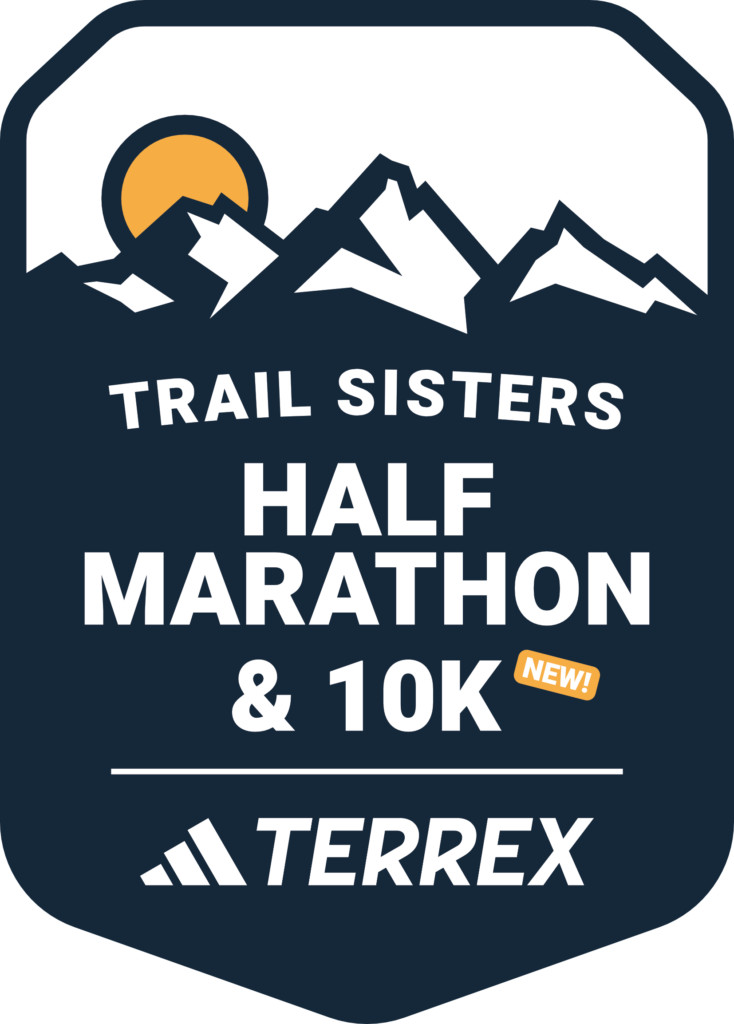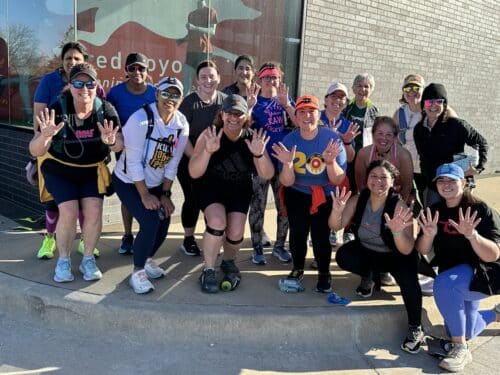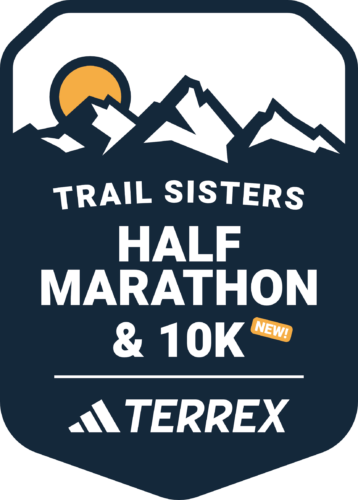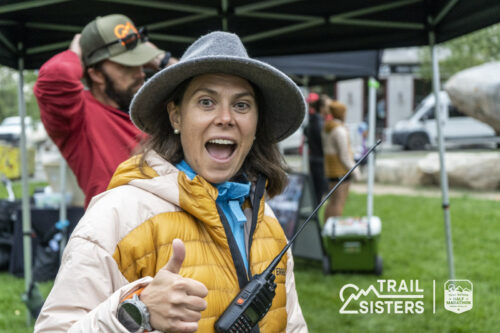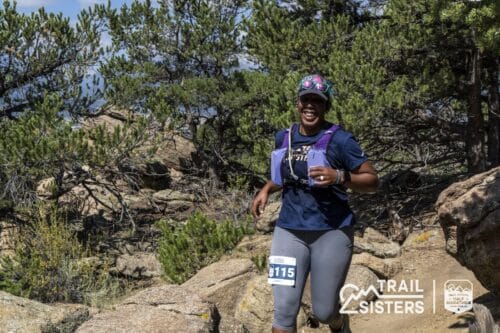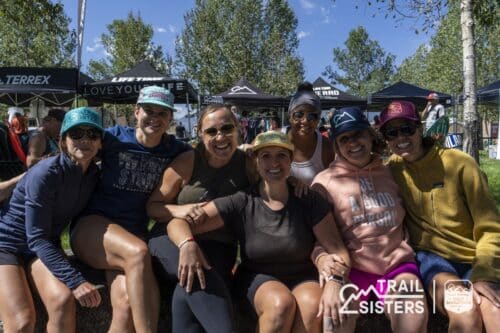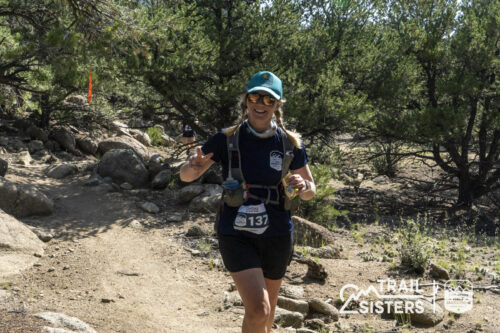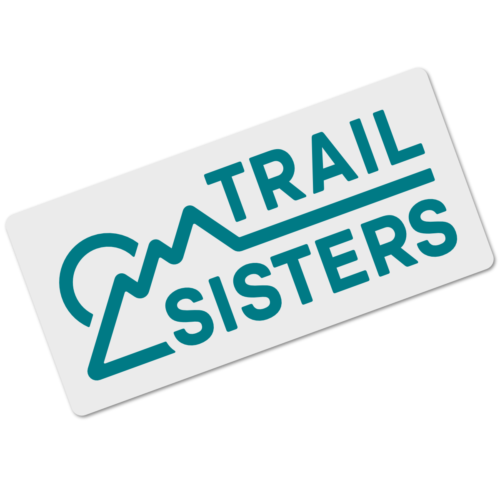Main Menu
Less Effort Leads to Better Running

Elinor Fish is a trail runner, writer, speaker and educator who is passionate about helping people reduce stress and live a healthier life through mindful running. She spent four years as the managing editor of Trail Runner magazine and is presently the CEO of Run Wild Wellness, which helps people cultivate more energy and better health so they can live a fulfilling and active lifestyle. Elinor leads running retreats in North America, Europe and Iceland, writes books, articles and offers online coaching using the Mindful Running Training System.
Share This Article!

How much of your daily stress do you carry with you while running?
Are your shoulders up around your ears, hands clenched, feet slapping the pavement?
Most of us are unaware of just how emotional and mental stress contributes to physical tension. But it’s there, creating resistance throughout the body that makes running feel much harder than it should.
You may be so accustomed to running this way that it’s become your norm. You expect running to feel like work and involve a lot of effort.
But what if it wasn’t like that? What if it was possible to run relaxed, free from tension and full of ease and flow? You’d be less likely to have an overuse injury, you’d run more efficiently, have more stamina and probably enjoy running even more than you already do.

Running should feel easy. In fact, given the right conditions, running can feel nearly effortless.
That sensation is known as flow, or the state in which you are fully immersed in an experience to such a degree that it feels simultaneously challenging, yet easy and sustainable.
However, flow cannot occur where there is resistance.
Here are four steps to reducing resistance and creating the optimal conditions for flow to occur:
1. Pull instead of push.
The most efficient way to run doesn’t look the same for every runner, but it does require proper joint alignment.
That means that your ankles, knees, hips and back maintain a straight line when you push off your rear foot. This sounds pretty basic, yet many runners bend at the waist or upper back in a way that impedes their movement. But good posture engages the core, expands the chest, supports square shoulders, engages core muscles (including the abdominals and gluteus maximus) and forward lean originating at the ankles.
This posture allows you to make running a controlled forward fall–with gravity pulling your forward—rather than relying on muscular force to push you forward.
2. Release stored stress.
Release any muscular tension, especially in the shoulders and arms. Muscular tension creates resistance throughout the body, which sucks your energy, reduces efficiency, leads to fatigue and makes running feel hard instead of easy.
This is especially noticeable when you near the final miles of a race or long training run when your muscles are fatiguing and you’re so ready to be done. This is usually when running posture falls apart and it takes more conscious effort to maintain good form and keep moving forward when all you want to do is stop.
Ironically, as you tire, the tenser you become. Be aware of when this is happening so that you can consciously release the resistance and maintain flow all the way to the finish line.
3. Aim for effectiveness rather than effort.
Unless you finish a run feeling totally zonked, do you feel it wasn’t worthwhile? Running to near exhaustion every time out may feel productive, you is actually the opposite. Your daily hard effort is only worthwhile to a point. After that, you may be impeding your improvement because your body isn’t fully recovering between each run. And you can’t build fitness if you’re not recovering enough.

The key is to make around 80 percent of your runs feel really easy and only a few feel “hard.” And hard doesn’t have to mean fast. Obviously, these are relative terms, so let’s clarify: easy running involves a steady, quiet breath and the pace is sustainable, while a “hard” effort requires you to really push yourself or strain to maintain.
Easy and relaxed running builds your aerobic base, which is the foundation upon which all your other fitness (speed and endurance) is built. Without a solid aerobic base, you’re more susceptible to injury, overtraining and burnout.
4. Stop the negative self-talk.
It’s not only you: just about every runner has a little voice in his or her head re-telling the same stories over and over about why she’s not fit enough or good enough.
Neurologists have determined that up to 98% of the brain’s activity (meaning tens of thousands of thoughts!) are subconscious. That means the exact same thoughts and stories cycle through your mind day after day. These thoughts are often negative because for some strange reason, we’re wired to believe the bad stuff about ourselves more easily than the good stuff.
All that self-doubt about your ability to perform or being self-conscious about how you look while running creates tension.
So tune in that background conversation and consciously swap out the old, negative stories with new, more positive thoughts about yourself. These new stories shouldn’t be too hard to conjure; your running history is likely rife with successes that prove you’re far better than your old stories would suggest.
About the Author
Elinor Fish teaches mindful running at women’s running and wellness retreats around the world through her company, Run Wild Retreats + Wellness. She is the author of the Mindful Running Training System, Mindful Running Training Log and The Healthy Runner’s Manifesto, which helps runners stress less so they can run more.
About the Author

Elinor Fish is a trail runner, writer, speaker and educator who is passionate about helping people reduce stress and live a healthier life through mindful running. She spent four years as the managing editor of Trail Runner magazine and is presently the CEO of Run Wild Wellness, which helps people cultivate more energy and better health so they can live a fulfilling and active lifestyle. Elinor leads running retreats in North America, Europe and Iceland, writes books, articles and offers online coaching using the Mindful Running Training System.
Share This Article!

